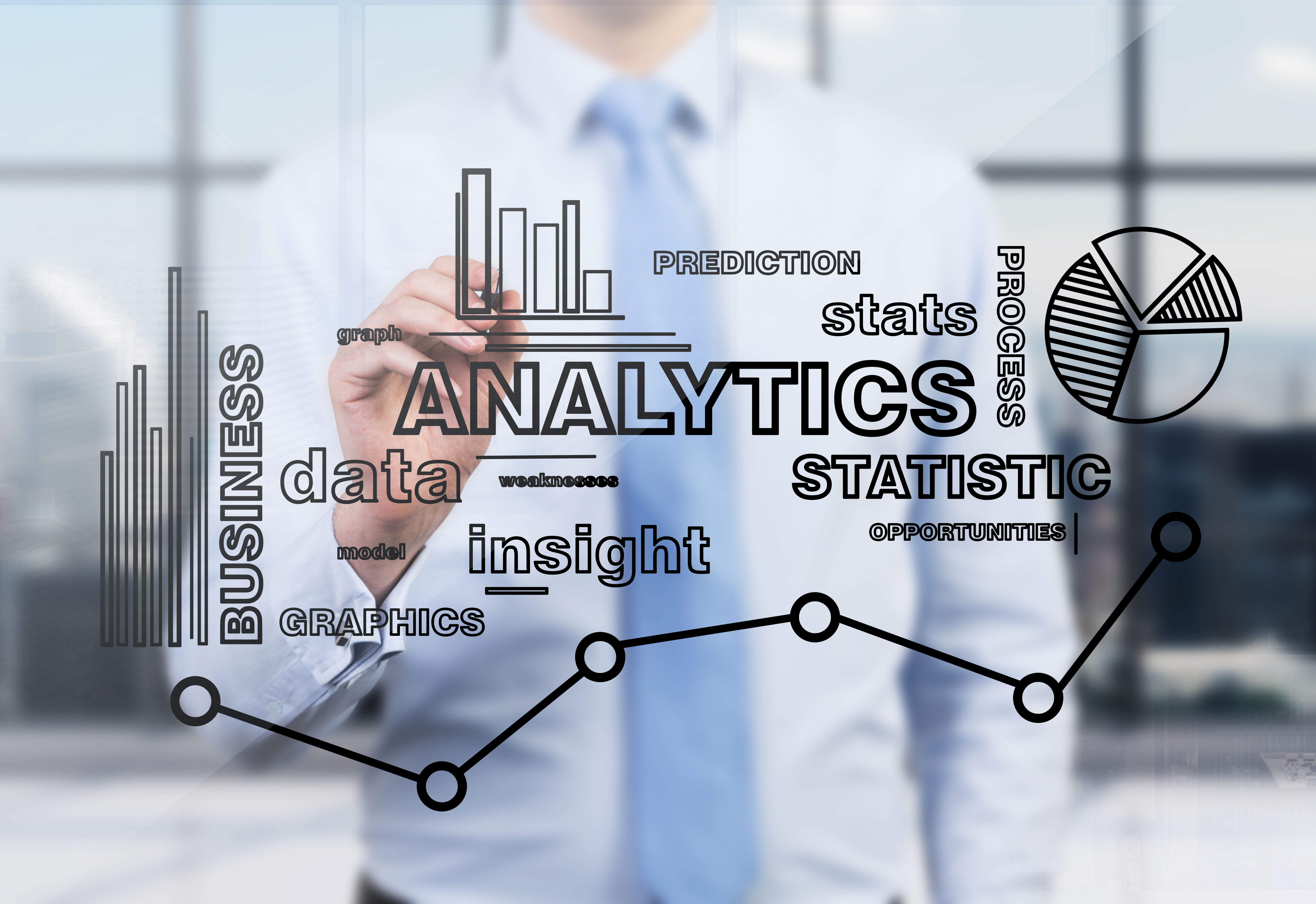
We live in the digital age, and by now, you’re aware of the critical nature of having a digital marketing strategy. Perhaps you’re utilizing social media to expand your business or have launched marketing campaigns to increase patient volume.
However, how do you determine the effectiveness of your marketing efforts? That is where data and analytics enter the picture.
By making sense of your data, you can maximize the effectiveness of your marketing campaigns and maximize your return on investment (ROI).
Take your time — data sets do not appear overnight. You need a long period of time to accumulate data and identify patterns and trends. We state that a minimum of 90 days is required.
Fundamentals of Analytics
While digital marketing is exciting for a variety of reasons, analytics may be the most exciting. Marketers and business owners have never before been able to comprehend their marketing efforts and make calculated, data-driven decisions.
You can use marketing analytics to track, manage, optimize, and analyze your digital marketing efforts. Assume you’ve spent the last year utilizing a digital marketing tool such as Instagram. You set a goal at the start of the year to gain 100 new followers each quarter and to increase engagement by 15%. You’ve maintained a consistent posting schedule, responded to comments, and followed others in your community during this time.
How do you determine whether your efforts are effective? Data and analytics are the solution. Your data and analytics shed light on areas that require additional effort. Therefore, for the next quarter, you can boost your social media presence and attempt to meet (or exceed) that goal.
Why is Data Important for Marketing Analytics?
To lay a solid foundation, it is vital to be aware of the following points:
- Audience
- Engagement
- Rate of click-through (CTR)
- Rate of conversion
- Retention rate
- Reach
- Impressions
